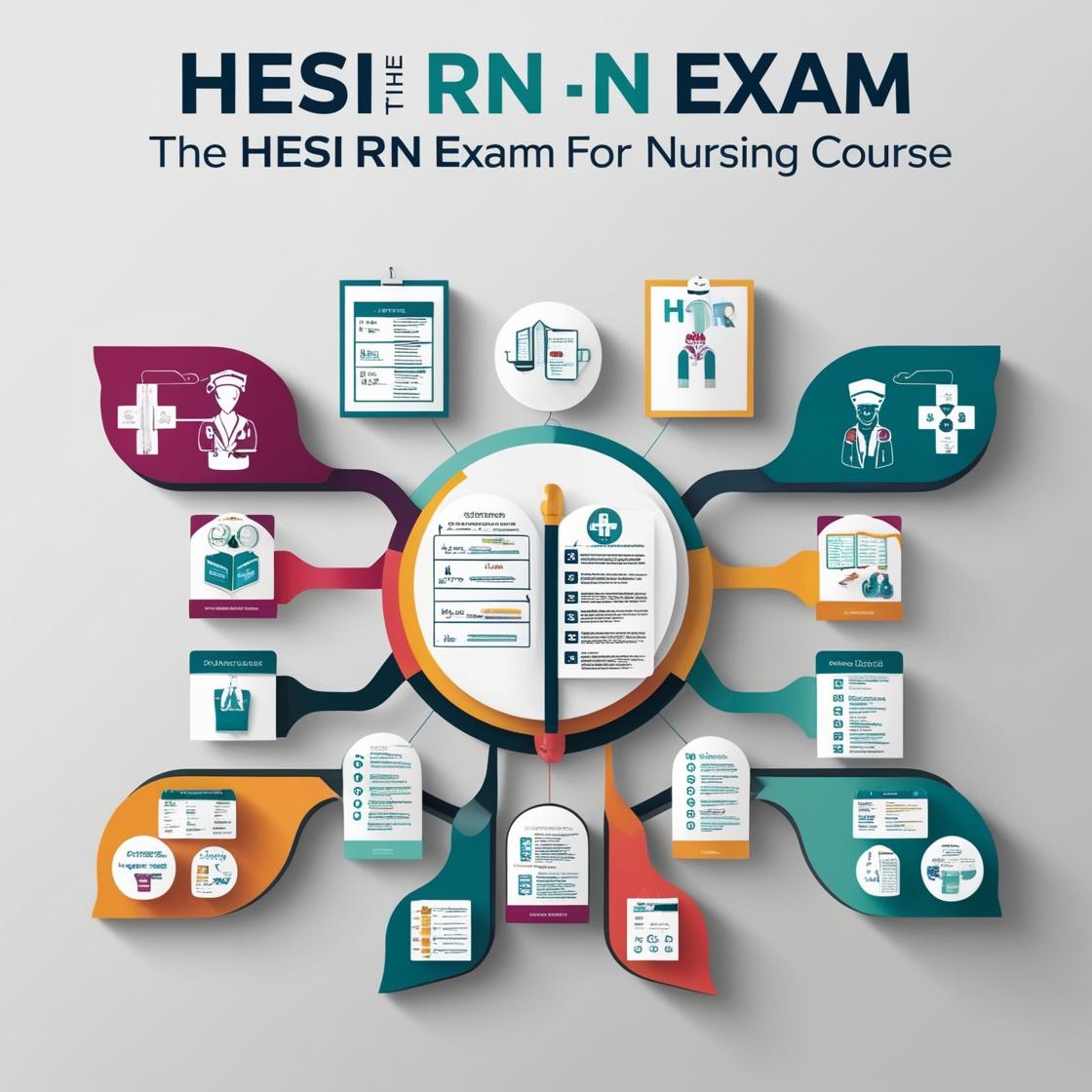HESI RN
HESI RN Exit Exam 2023 Capstone
1. When assessing a client with a diagnosis of bipolar disorder who reports taking a handful of medications, what information is most important to obtain?
- A. What drugs the client used in the suicide attempt.
- B. When the client last took medications for bipolar disorder.
- C. Whether the client has attempted suicide before.
- D. Which family member has the suicide note.
Correct answer: A
Rationale: The correct answer is to obtain information on what drugs the client used in the suicide attempt. This information is crucial for assessing the severity of the overdose, potential drug interactions, and determining the appropriate treatment plan. Choice B is not as urgent as identifying the drugs taken during the suicide attempt. Choice C, while important, is not as immediately critical as knowing the specific medications involved. Choice D is unrelated to the immediate medical needs of the client.
2. Which medication should the nurse withhold if the client's serum potassium level is 6.2 mEq/L?
- A. Losartan
- B. Spironolactone
- C. Metoprolol
- D. Furosemide
Correct answer: B
Rationale: The correct answer is B: Spironolactone. Spironolactone is a potassium-sparing diuretic that can lead to hyperkalemia. With potassium levels already elevated at 6.2 mEq/L, withholding Spironolactone is essential to prevent further increase in potassium levels, which could result in dangerous cardiac arrhythmias. Losartan (Choice A) is an angiotensin receptor blocker and does not directly affect potassium levels. Metoprolol (Choice C) is a beta-blocker and also does not impact potassium levels significantly. Furosemide (Choice D) is a loop diuretic that can actually lower potassium levels, so it would not be the medication to withhold in this case.
3. A client is admitted with a large bowel obstruction. What finding should the nurse report immediately?
- A. Absence of bowel sounds in all four quadrants.
- B. Abdominal distention with a firm, rigid abdomen.
- C. Frequent, small, liquid stools.
- D. Nausea and vomiting that worsens after meals.
Correct answer: B
Rationale: Abdominal distention with a firm, rigid abdomen is a concerning sign that may indicate perforation, which requires immediate intervention. The rigidity suggests a complication of the large bowel obstruction. Absence of bowel sounds in all four quadrants, option A, is a common finding in a bowel obstruction but not as alarming as a rigid abdomen. Frequent, small, liquid stools, option C, are not typical findings in a large bowel obstruction; instead, constipation is more common. Nausea and vomiting that worsens after meals, option D, are also common symptoms of a bowel obstruction but do not indicate an immediate life-threatening complication like a perforation.
4. A client with gastroesophageal reflux disease (GERD) is prescribed omeprazole. What is the primary purpose of this medication?
- A. Coat the lining of the stomach
- B. Neutralize stomach acid
- C. Promote gastric motility
- D. Reduce gastric acid secretion
Correct answer: D
Rationale: The correct answer is D: Reduce gastric acid secretion. Omeprazole is a proton pump inhibitor that works by reducing the production of gastric acid in the stomach. This helps in managing GERD by decreasing the acidity levels in the stomach. Choice A is incorrect because omeprazole does not coat the lining of the stomach. Choice B is incorrect as omeprazole does not neutralize stomach acid but rather reduces its production. Choice C is incorrect because omeprazole does not promote gastric motility; instead, it acts on acid secretion.
5. A client with a urinary tract infection (UTI) is prescribed antibiotics. What is the most important instruction for the nurse to give the client?
- A. Take the antibiotics with food
- B. Complete the full course of antibiotics
- C. Increase fluid intake to at least 2 liters per day
- D. Take over-the-counter pain relievers for discomfort
Correct answer: B
Rationale: The most crucial instruction for the nurse to give a client with a UTI who is prescribed antibiotics is to complete the full course of antibiotics. Completing the full course of antibiotics is essential to ensure that the infection is fully treated and to prevent the development of antibiotic resistance. While taking antibiotics with food, increasing fluid intake, and managing discomfort with pain relievers are important aspects of UTI management, completing the prescribed course of antibiotics is the top priority to achieve the best treatment outcomes and prevent recurrence of the infection.
Similar Questions

Access More Features
HESI RN Basic
$69.99/ 30 days
- 50,000 Questions with answers
- All HESI courses Coverage
- 30 days access @ $69.99
HESI RN Premium
$149.99/ 90 days
- 50,000 Questions with answers
- All HESI courses Coverage
- 30 days access @ $149.99
